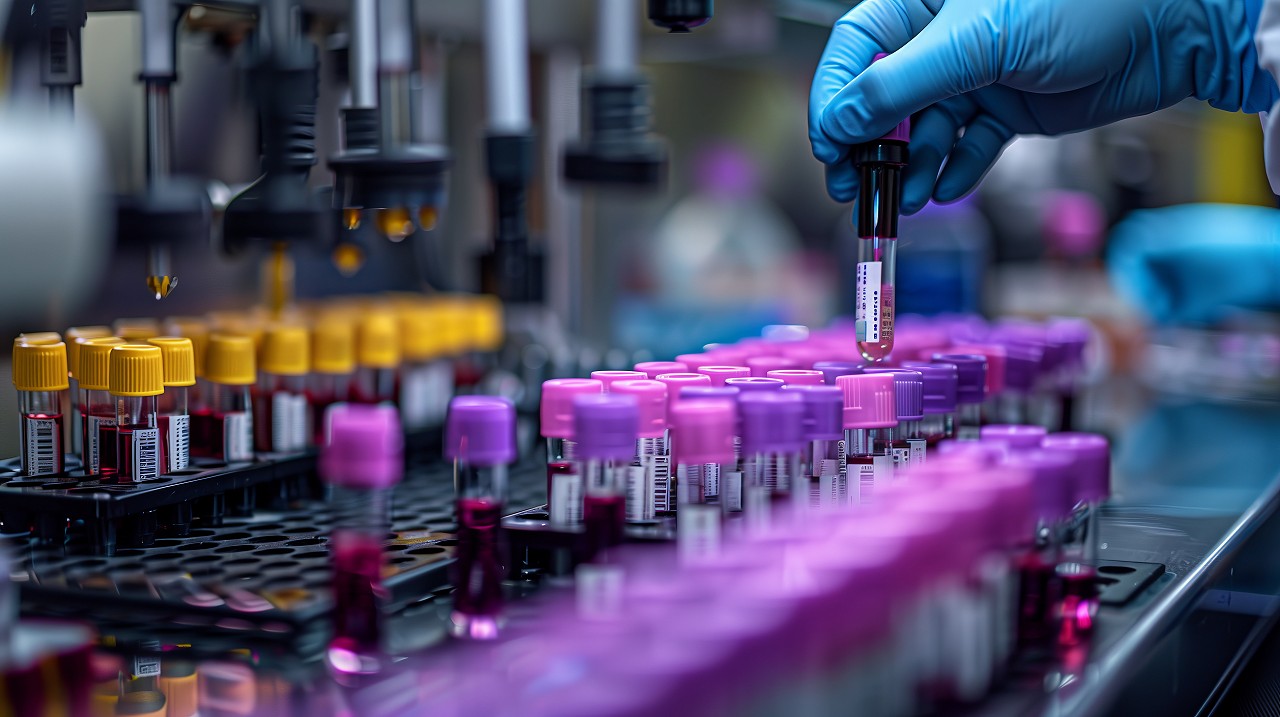
Severe Vitamin D Deficiency and Complications of Robotic Prostatectomy
Introduction
This article discusses the problems that may arise from severe vitamin D deficiency and the international guidelines that highly recommend that all adults should supplement to avoid complications that may be caused by this deficiency.
Case example
A 62-year-old male presented with vague symptoms of lethargy and malaise. On routine blood testing was found to have a raised PSA of 18ng/ml (<4ng/ml is normal). A template prostate biopsy was performed, and the histology confirmed a diagnosis Gleason 4+3 prostate cancer. The pelvic MRI scan suggested invasion through the capsule of the prostate. On the PET-CT scan there were no metastases. Despite it being a poor prognosis tumour, a robotic prostatectomy was performed. However, instead of the patient being off work of 4 weeks, the recovery was delayed to 6 months with persistent back pain, low mood, leg pain, leg weakness (leading to falls) and cognitive problems.
The possibility of vitamin D deficiency was discussed, and the NHS national guideline amounts of vitamin D were given twice (two loading doses of 300,000 each). With very little improvement, the vitamin D levels were measured and found to be very low at 16nmol/l. Below 50nmol/l is defined as vitamin D deficiency. Since the loading doses were given before the measurement one cannot identify the exact level of vitamin D. The endocrinology opinion was that it would have been 6nmol/l. With 1,000iu of vitamin D taken daily for several weeks raises the blood level by 10ng/ml. After further vitamin D supplements, the patient’s symptoms disappeared, and the patient is tumour-free 5 years after surgery.
Independent Recommendations to Improve Healthcare Standards and Patient Safety Incidence of Vitamin D Deficiency
Vitamin D deficiency is very common across many populations. In one study of nurses reporting fatigue, 89% were vitamin D deficient[1]. In the UK it is thought that 23% of adults are deficient in vitamin D. It is thought that 75% of US[5] adults have vitamin D deficiency with it being 40% in the Caucasian population rising to 80% in the African American population and 60% in the Hispanic population. In many countries such as the UK, USA and Canada (where 70% to 97% are deficient)[2-3] the recommendations are that adults require vitamin D supplements. The same applies in Nigeria (50% deficient)[8], and India (80-90%)[4] and Australia (33%)[10].
Effect of Vitamin D Deficiency
The effects of vitamin D deficiency are multiple and varied and include susceptibility to infections, fatigue, bone pain, back pain, depression, impaired wound healing, and muscle pain. It is easy for symptoms like this to be blamed on problems related to the surgical procedure. In addition, the modern world with indoor working and poor diet (that avoids foods naturally high in vitamin D) means that such a deficiency is common. Vitamin D deficiency has been implicated in an increased risk of the common cancers such as colorectal cancer[11], prostate cancer[12], breast cancer[13], lung cancer[14] and melanoma[15].
Conclusion
Vitamin D deficiency is very common worldwide and is an under-appreciated problem that may be symptomless. Vitamin D supplementation is inexpensive and therefore it would be logical when we see patients to discuss vitamin D supplements. In the UK the national guidelines are that adults should take vitamin D supplements in situations like this[1]. The UK recommendation is 300,000u over 6 weeks to correct the deficiency and then a maintenance dose of 800u daily[3]. In 2012 the Chief medical Office in the UK wrote to all general practitioners warning them about vitamin D deficiency[9].